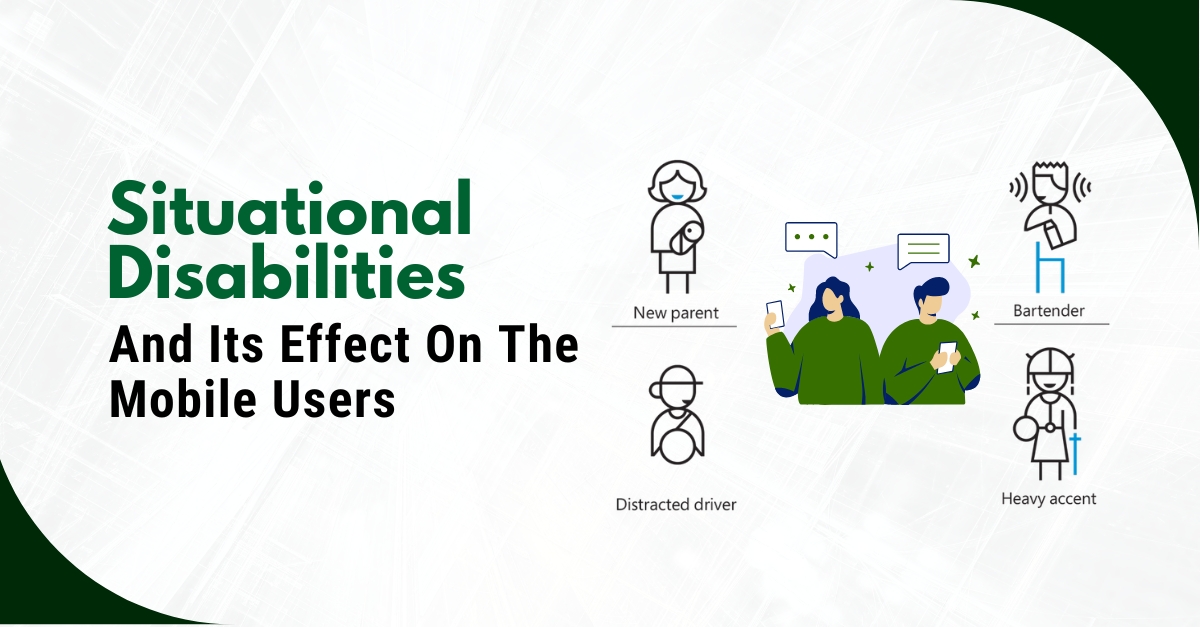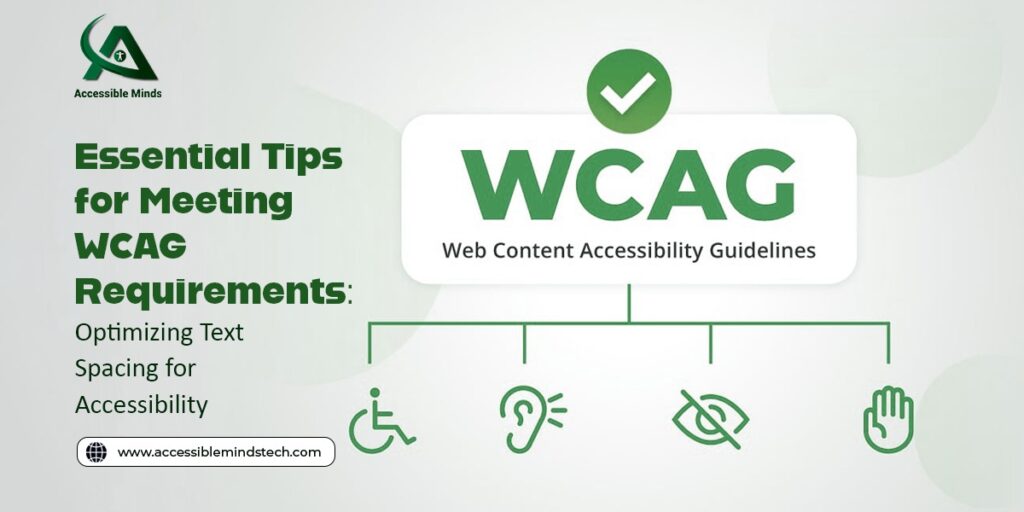In the ever-evolving landscape of the digital world, creating a website that not only attracts but also retains users is a multifaceted challenge. The key to success lies in a harmonious blend of innovative design, intuitive navigation, and above all, inclusivity. In this context, Accessibility Testing Services emerge as a crucial element in ensuring websites meet not only user expectations but also legal requirements.
The Intersection of Accessibility and Usability
Crafting a positive web experience hinges on the principles of usability, where simplicity, consistency, navigation, feedback, and error handling are paramount. However, the evolution of the digital era has brought accessibility to the forefront, transforming it from a mere consideration to a legal imperative. The integration of Web Content Accessibility Guidelines (WCAG) compliance into website usability practices not only widens access but also significantly enriches the user experience, leading to higher engagement and conversion rates.
Principles of Website Usability
Usability, the foundation of a positive web experience, revolves around key principles:
- Simplicity: Create designs that are clear and steer clear of unnecessary complexities.
- Consistency: Employ familiar conventions to maintain a uniform experience across the entirety of the interface.
- Navigation: Provide straightforward navigation tools for swift user access.
- Feedback: Deliver instant feedback for user actions, guiding and reassuring them in the process.
- Error Handling: Develop interfaces that are forgiving, preventing errors and offering straightforward resolutions.
Principles of Website Accessibility
Accessibility ensures inclusivity for users with diverse abilities. Core principles involve:
- Perceivable: Ensure that information and user interface components are presented in formats accessible to users.
- Operable: Make sure that user interface components and navigation are functional and easy to operate.
- Understandable: Enhance the comprehensibility of information and the functioning of the user interface.
- Robust: Develop content that is sturdy and can be reliably interpreted by a diverse range of user agents.
Navigational Clarity and Efficiency
A website’s navigation structure is its backbone, and WCAG compliance ensures intuitive navigation for everyone. Descriptive labels, consistent mechanisms, and multiple ways to find content simplify navigation, making sites more user-friendly and reducing cognitive load for all users.
Content Clarity and Readability
The heart of any website lies in its content. WCAG guidelines emphasize text alternatives, captions for multimedia, and clear language, making information perceivable and understandable for users with diverse limitations. This focus on clarity and readability enhances the user experience for a broader audience, encouraging longer site visits.
Responsive and Adaptive Design
WCAG compliance advocates for responsive design, adapting to various devices and ensuring accessibility on mobile devices. This approach not only meets the needs of users with disabilities but also caters to the growing number of users who prefer smartphones and tablets for web browsing.
Enhanced Search Engine & AI Optimization (SEO)
Principles of WCAG compliance, such as providing alt text for images and ensuring keyboard navigation, benefit both search engine bots and AI bots. Accessible and user-friendly websites are favored by search engines, leading to higher rankings and increased traffic.
Additional Benefits of WCAG Website Compliance
Reduced Legal Exposure: In a global digital world, compliance with international accessibility laws is crucial. Laws in the US and upcoming European Accessibility Act impact businesses, and compliance mitigates legal risks.
Expanded Market Reach: Accessibility opens websites to users with disabilities and seniors, expanding the audience and increasing engagement.
Demonstrating DEI Commitment: An accessible website showcases a commitment to Diversity, Equity, and Inclusion (DEI), attracting a broader spectrum of customers and talent.
Upholding Human Rights: Web accessibility is a human right, respecting the dignity, equality, and inclusion of people with disabilities and seniors.
Conclusion
Integrating Accessibility Testing Services, with a focus on WCAG compliance, into website usability practices is a strategic approach. This not only ensures compliance with accessibility standards but also positions websites as leaders in providing exceptional digital experiences for all users. By embracing these principles, businesses can foster an inclusive digital environment, translating into increased user satisfaction, higher engagement rates, and improved conversion metrics. In essence, the integration of accessibility into website design is not just a necessity—it’s a catalyst for positive change in the digital landscape.







